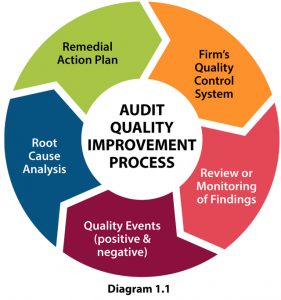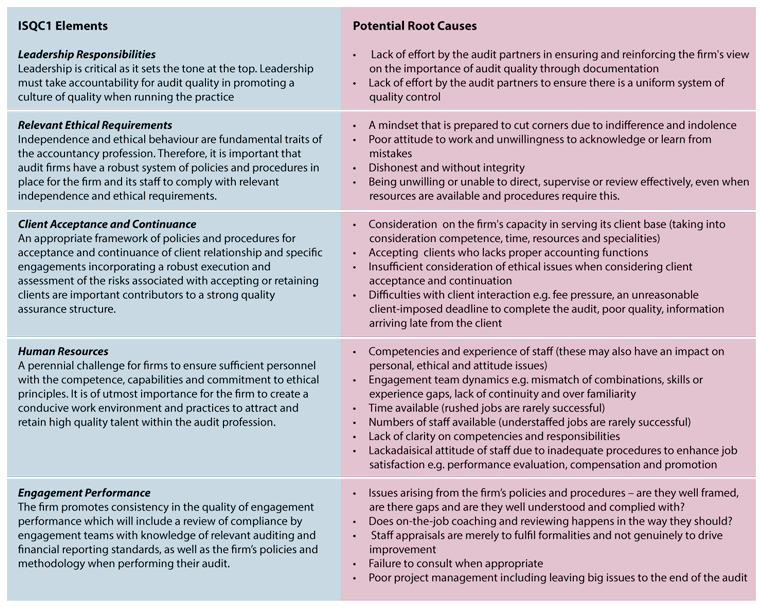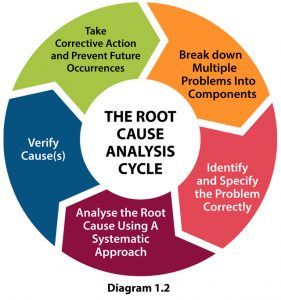By the MIA Practice Review Department
The success of the Remedial Action Plan (RAP) under the new Practice Review framework for audit firms with Type 3 rating, depends on the practitioners undertaking an in-depth analysis to identify the root causes that detract from audit quality.
RAP essentially relates to the positive measures undertaken by the audit firm to analyse, identify and design the most appropriate remedial actions to address those significant audit performance deficiencies identified during the practice review of the firm.
What are the underlying root causes behind the practice review findings, whether specific to the audit engagement or firm wide, so that an appropriate and achievable remedial action (or actions) can be taken to prevent the recurrence of negative outcomes and promote the recurrence of positive ones?
To answer this, we need to revisit the approved standards on quality control (ISQC1) and auditing standards (ISAs) made mandatory for all firms regardless of size which provides audit and assurance services to their clients. A robust system of quality control not only provides a sustainable structure for ensuring consistency in audit quality but will act as an effective and workable solution to fundamentally address the root causes underlying practice review findings and audit failures.
Advantages of Root Cause Analysis (RCA)
 Leads to consistent audit quality and reduction of review/inspection findings and positive monitoring results
Leads to consistent audit quality and reduction of review/inspection findings and positive monitoring results- Enhances quality of audits and adds value to the firm, practitioner, partners and staff
- Provides a learning process for better understanding in relation to causes, effects and solutions
- Provides a logical approach to problem solving using data that already exists
- Reduces risk, and prevents recurring audit failures (that otherwise may lead to sanctions by Regulators)
- Improves performance of the firm and staff
- Leads to more robust systems, policies and procedures
- In a nutshell, the overall objective of RCA is for continuous improvement of audit quality within the firm as illustrated by Diagram 1.1.
An RCA helps to develop solutions that address the underlying problem rather than merely the symptoms. The underlying potential causes for any audit issues are complex and the result of a combination of factors, which could include the following areas in the context of ISQC1 elements. The list of potential root causes is provided for illustrative purposes only and is not intended to be comprehensive.

 The RCA cycle is depicted in Diagram 1.2
The RCA cycle is depicted in Diagram 1.2
To improve the likelihood of a successful Root Cause Analysis, you will need to consider the following:
Root cause analysis is an iterative process – be open to revisiting decisions and remediation plans.
Being open to revisiting decisions and remediation plans is important when new or updated information is obtained. This is especially so when the evaluation of remediation plans already implemented have not yielded expected results.
Root cause analysis requires a high-level of judgement – consider pervasiveness and significance.
Root cause analysis is an analytical process that calls for rigorous critical thinking about interrelated cause-and-effect relationships within a system, process or task that has failed or is deemed deficient. Root cause analysis requires judgement to identify the behaviour, action or inaction requiring remediation and to avoid responding only to symptoms. Judgement is based on review of all potential deficiencies and considering the pervasiveness and significance of the issues.
Be aware of traps and biases – don’t jump to the obvious conclusions.
It is important to be aware of biases that may affect the quality of judgements made in determining the root causes of audit quality issues. Such biases may include the tendency to focus on explanations that confirm a preconceived belief or the tendency to base judgements on information at hand rather than on objective data. Awareness of these tendencies is the most effective way of avoiding them. Mitigating actions may include considering alternative explanations, not defaulting to selection of the ‘most obvious’ conclusion and consultation with others.
Cause and effect are not a linear relationship – don’t assume each audit quality issue has a single root cause.
Just as any system requires all of its ‘parts’ to work together to function properly, our system of quality control requires all drivers of audit quality to be operating as designed. Consider each of these ‘parts’ when performing root cause analysis and developing remediation plans.
Focus on prevention – not blame.
There may be consequences for individuals – but try to focus on ‘why’ a procedure wasn’t followed and ‘why’ a particular remedial action didn’t prevent or resolve the audit quality issue. This will facilitate open and honest communication with the audit professionals involved.
Conclusion
It is important to bear in mind that there is no shortcut, or one size fits all approach when identifying and addressing the root causes of audit failure. Therefore, it is incumbent upon audit firms to identify and address the root causes of any audit performance deficiencies highlighted during practice review as soon as they become aware of such deficiencies, it must not be forgotten that improving audit quality is a continuous journey and that patience is a virtue.







